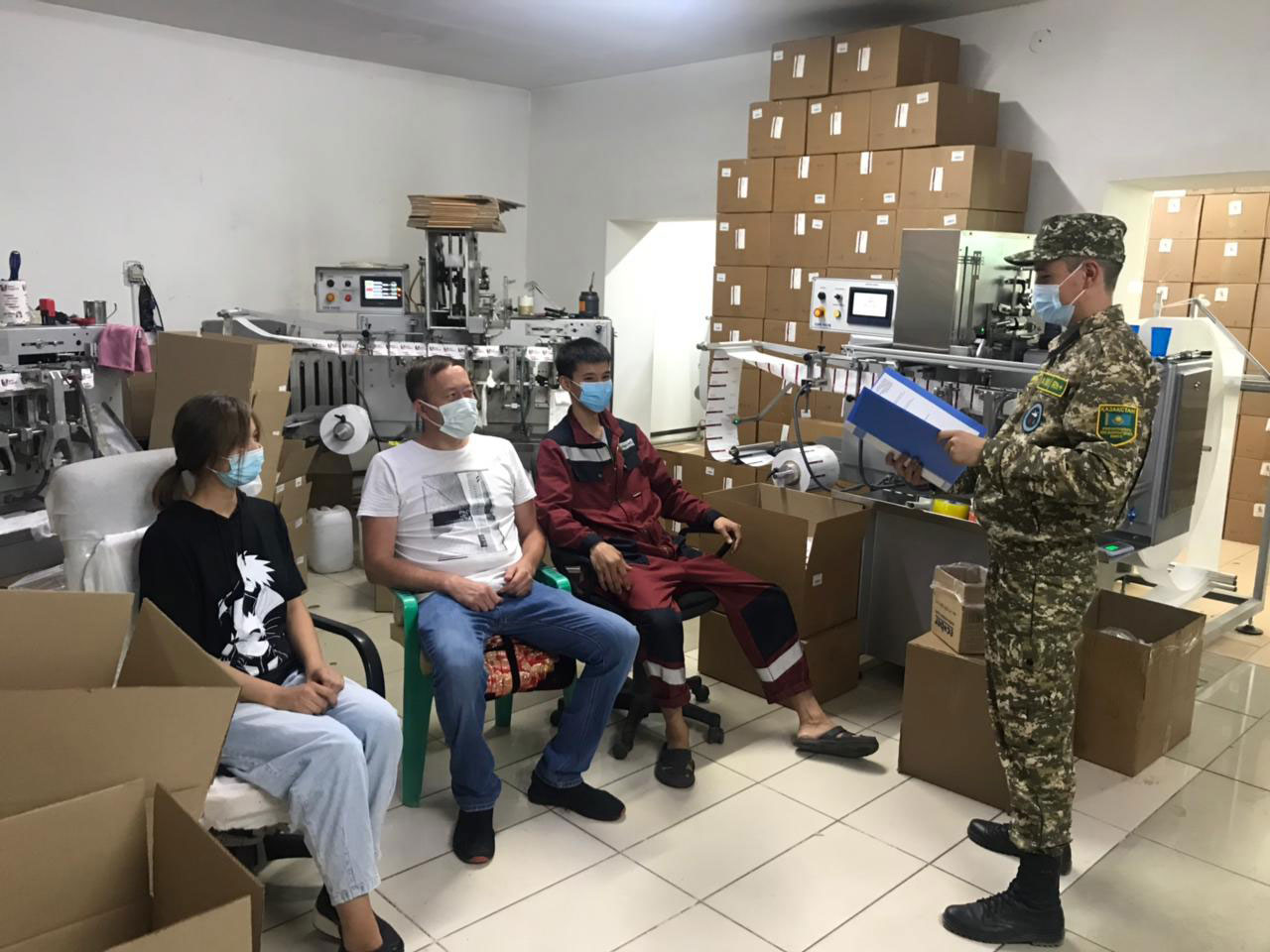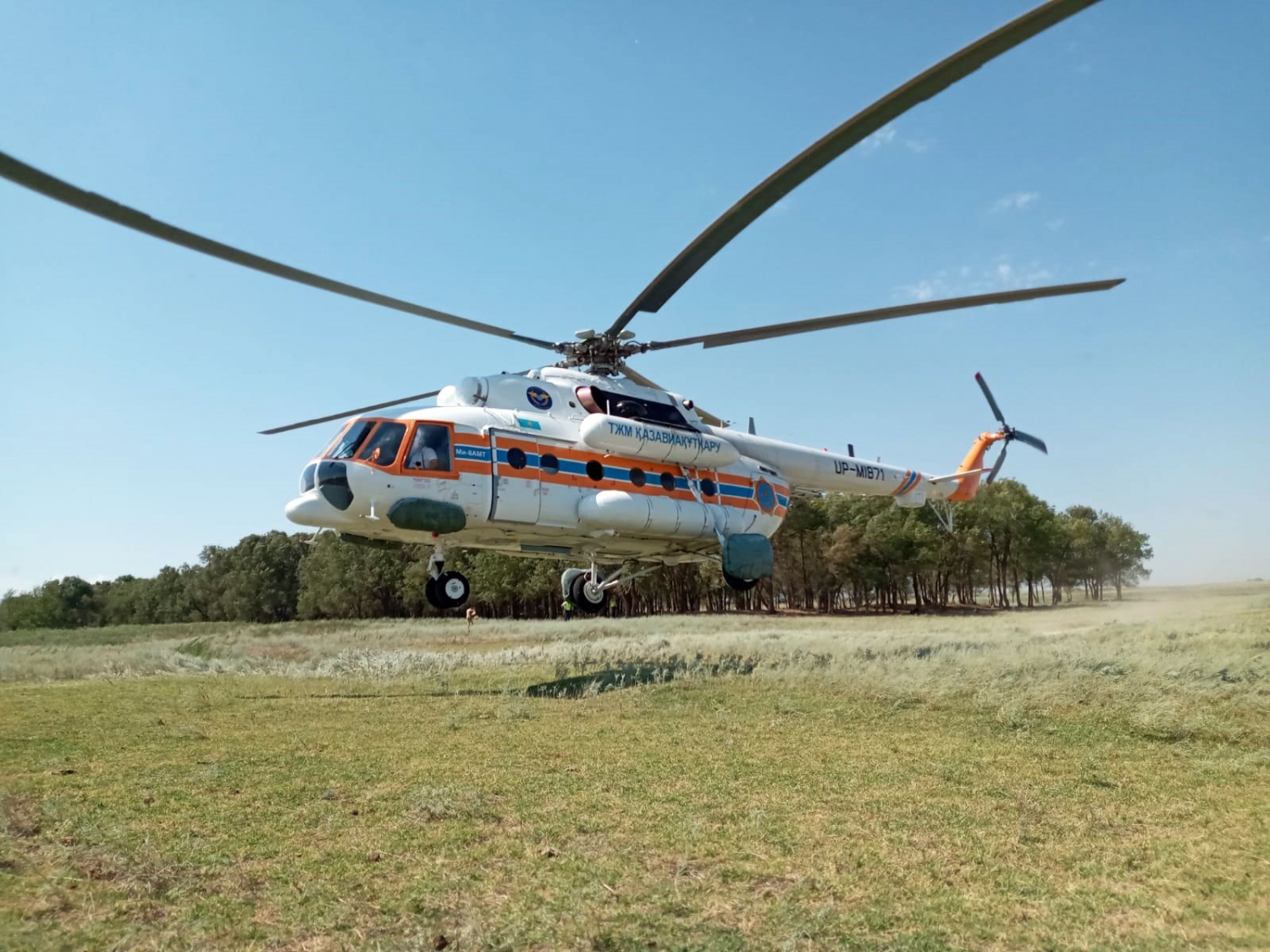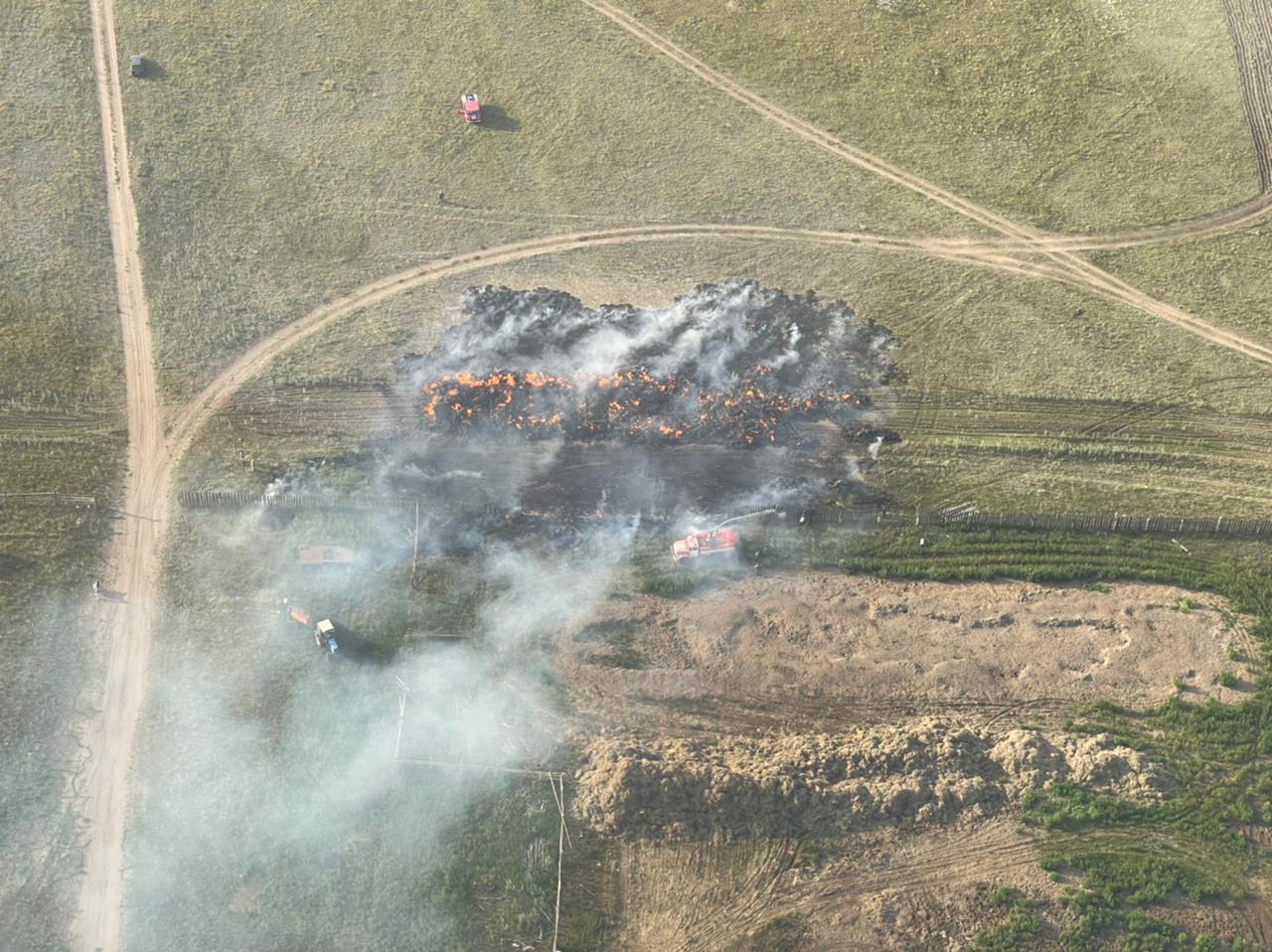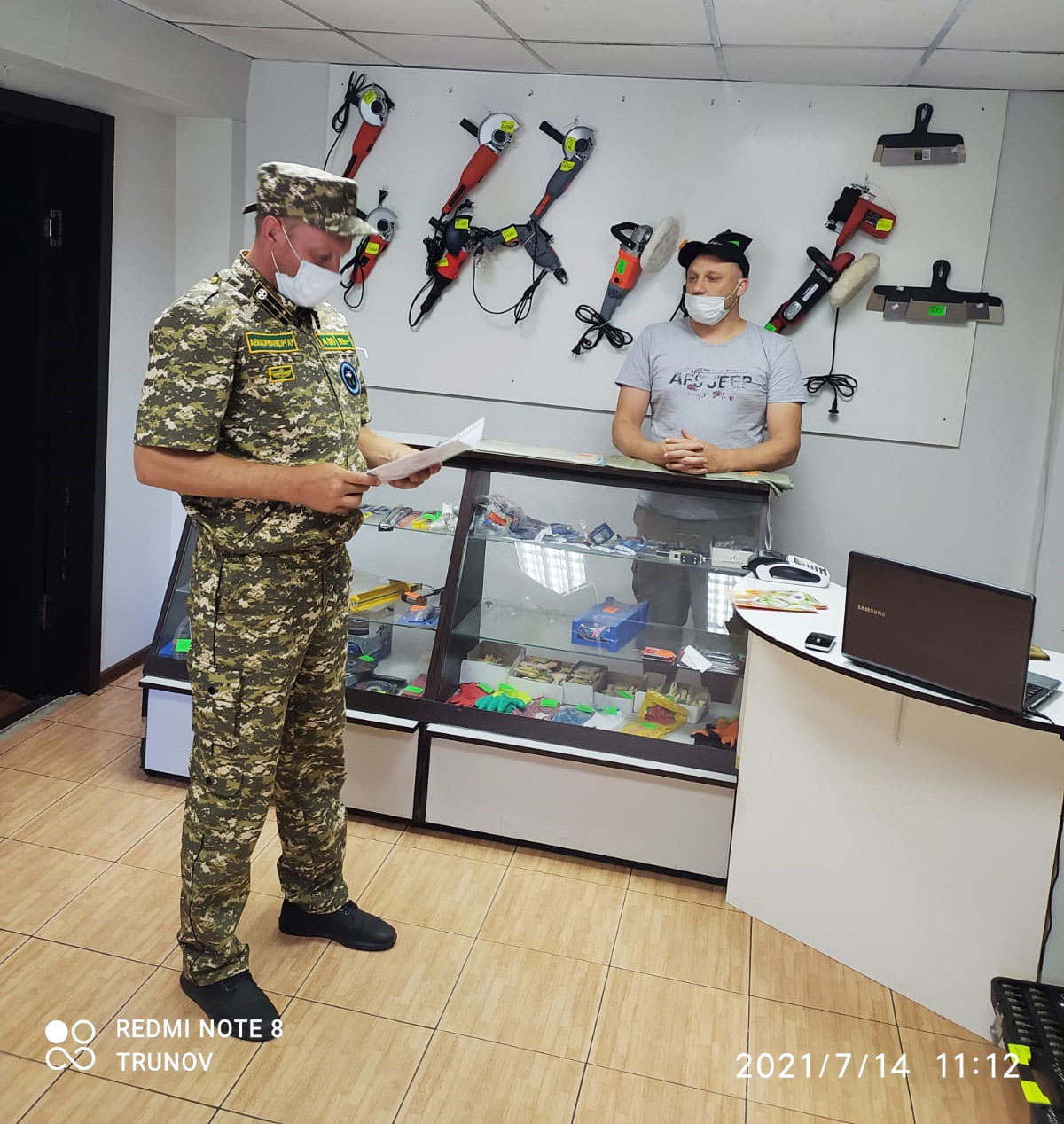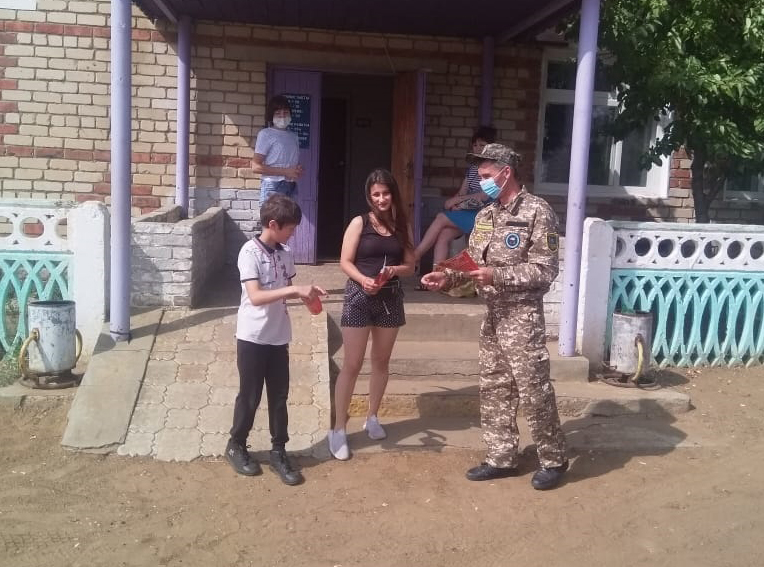Paratroopers-firefighters performed descents from the MI-171 helicopter to the ground using a special descent device (SRD). The descents were carried out from a height of 10, 20, 30 and 40 meters. From such a height, paratroopers-firefighters have to work directly when extinguishing forest fires.
The helicopter can get as close to the ground as the tree crowns allow. Some paratroopers-firefighters have more than 70 descents from a helicopter behind them. Practical skills of the "forest special forces" were worked out by the head of the APS SM Polyakov.
DESCENT DEVICE - a device that allows people and cargo to be launched to work sites from a helicopter hovering over a forest canopy or other natural object where landing of a helicopter is impossible.
The first drum-type forest fire launching device (SCS) for the delivery of people and fire-fighting cargo to forest fires for the purpose of extinguishing them was developed by the production and technical laboratory of the Central Base of Aviation Forest Protection. The first descents from the Mi-4 helicopter were carried out in 1956.
Later, in connection with the use of Mi-8 helicopters by aviation forestry, a roller-type descent device (SRD) was developed and introduced in 1979. It allows an autonomous descent from a paratrooper-firefighter helicopter or cargo weighing up to 100 kg at a speed of up to 3 m / s.
Note that it is not always possible to get to the area of an active forest fire by land transport, and when delivering forces and means by aviation, it is not always possible to select a site for a safe landing. In such cases, a decision is made to land troops in the area of the fire using a helicopter. The pilot-observer from the air selects a platform suitable for the descent of paratroopers-firefighters, measuring at least 5x5 meters between the crowns of trees.
When making a decision to perform descents and choosing a place for descent, the releasing officer asks the helicopter commander "Let me prepare for descent." Having received the answer "Allow", he gives the command to the paratroopers-firemen "Prepare for descents" and puts on a safety belt or a safety harness. The carabiner of the safety halyard or cable is attached to the power unit in the helicopter. The helicopter hovers over this "well" at a height of at least 10 meters above the tops of trees (while the height to the ground should not exceed 45 meters).
The pilot-observer opens the door and drops a particularly strong (900 kg at break) 50-meter cord, along which paratroopers-firemen descend directly from the helicopter to the ground with the help of a trigger roller.
If the bay of the cord has blossomed and reached the ground, the release through the SPU reports to the helicopter commander: "the bay has been dropped, released to the ground, permit the descent of the first" and, having received the answer: "I allow," gives the command to the first: "to the descent."
The leader of the group should descend first, who, having descended, is obliged to insure the next descending paratroopers.
The release after the descent of the first paratrooper-fireman reports on the SPU to the commander of the helicopter: "The first one has landed, permit the descent of the second." Having received permission, he launches the second paratrooper-firefighter, the descent is performed similarly to the first.
After the end of the descent of the paratroopers-firefighters, the releaser unhooks the cord carabiner from the earring and throws the cord down. The issuer reports to the commander of the helicopter on the SPU: "The descents are over, the cord has been dropped, the door is closed."
During the training, the interaction of the helicopter commander, pilot-observer and paratroopers-firefighters, the speed of descent (average - three meters per second), correct landing and much more are monitored.
Paratroopers - firefighters are confident that they will cope with the assigned tasks, despite the fact that this year a difficult fire hazardous situation is expected on the territory of the Republic of Kazakhstan. The acquired skills will allow you to extinguish forest fires in hard-to-reach areas, coming to the aid of the forest from the air.
